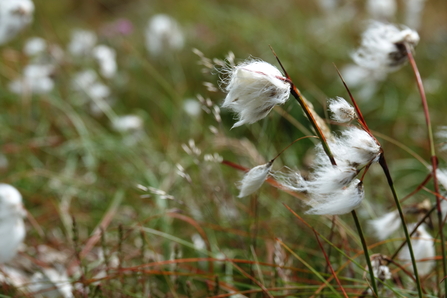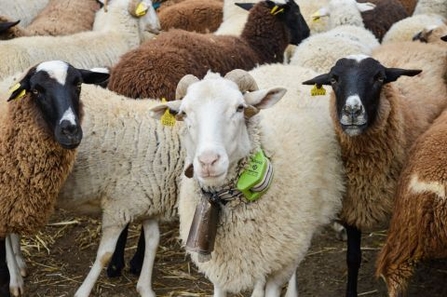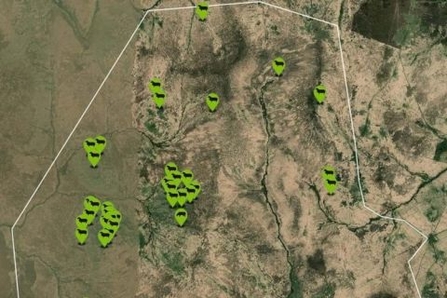Peatland restoration isn’t a one-size-fits-all approach. It takes a range of innovative techniques and indepth monitoring to make sure that methods to raise the water table and prevent further degradation are as effective as possible. By working collaboratively, the South West Peatland Partnership (SWPP) are doing just that on Dartmoor whilst understanding impact, supporting farmers and taking steps to restore vital peatlands.
The peatlands of Exmoor, Dartmoor and Cornwall are of global importance, holding significant amounts of carbon-storing, water-filtering, wildlife-supporting peat in the form of blanket bogs and valley mires. However, over centuries, human activities such as draining the moorland, peat-cutting, tin streaming and reclamation have dried large areas. This has impacted habitats and waterways, with ecological diversity lost and the carbon storage capacity of peatland reduced. This also has a knock-on effect on the traditional grazing of the landscape, with minimal water for livestock found across the landscape other than in streams and rivers, and areas of the ground that crumble underfoot.
By working together, the South West Peatland Partnership is aiming to restore 2,634 hectares of degraded peatlands across the region before 2025. A £13 million project delivering peatland restoration in the UK's South West, the majority of the funding comes from Natural England’s Nature for Climate Peatland Restoration scheme (NCPGS) with significant match funding from South West Water, the Duchy of Cornwall, the National Trust and Cornwall Council, with support in kind coming from many other vital partners involved in the project.



